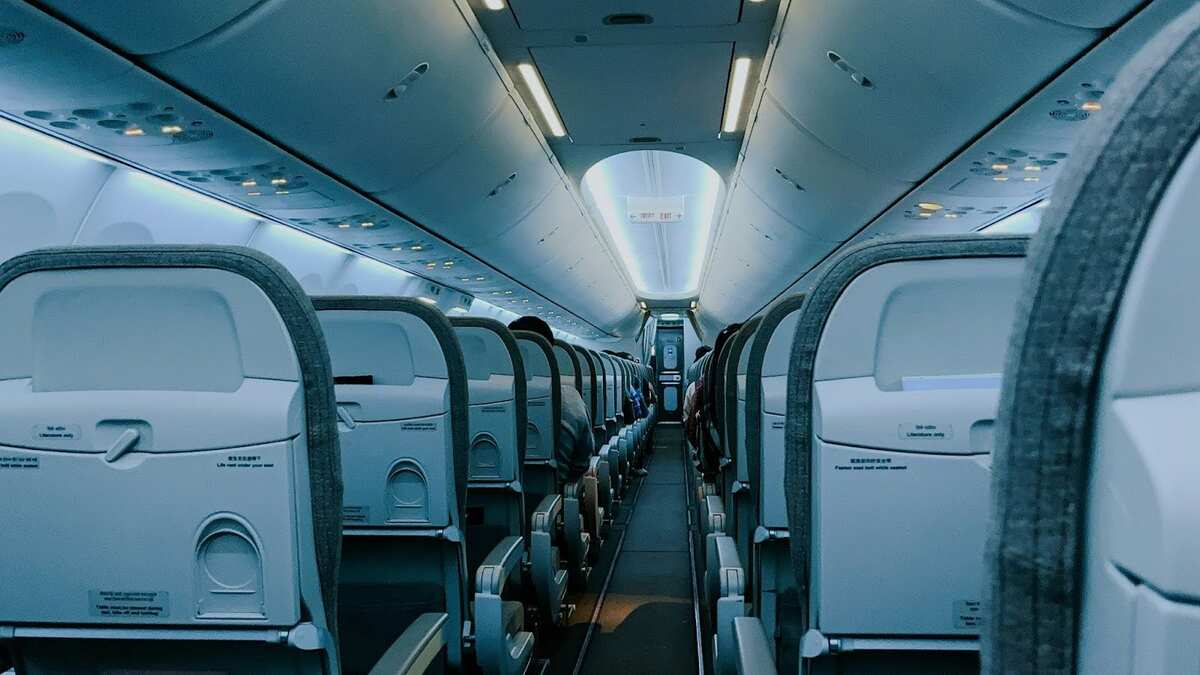Built in AD 800, Borobudur was rediscovered by Stamford Raffles in the 19th century and restored to its former glory under the Unesco Heritage Program.
The monument is shaped like a mandala, forming a series of platforms – five square platforms below, four circular platforms above – riddled with a pathway that takes pilgrims through the three levels of the Buddhist cosmology.
Steep stairs lead up to each level; the walkways are decorated with 2,672 bas relief panels that depict Buddha’s philosophy and life history.
The lowest level of Borobudur represent the world of desire and is decorated with 160 bas reliefs depicting scenes of human desire and their karmic consequences.
As one climbs up each level the bas reliefs begin to tell the story of the Buddha’s conception, birth, childhood and his road to Nirvana.
At the top four levels are perforated stupas enclosing a statue of Buddha within.
At the very top, a central polygonal shaped stupa crowns Borobudur. This stupa is empty, symbolizing the escape to Nirvana or nothingness which is the ultimate goal of Buddhism.
Today Borobudur still remains a major Buddhist pilgrimage site where Buddhist from all over the world converge here on Wesak Day to celebrate Buddha’s enlightenment.
Video by KSTan, Citizen Journalist











